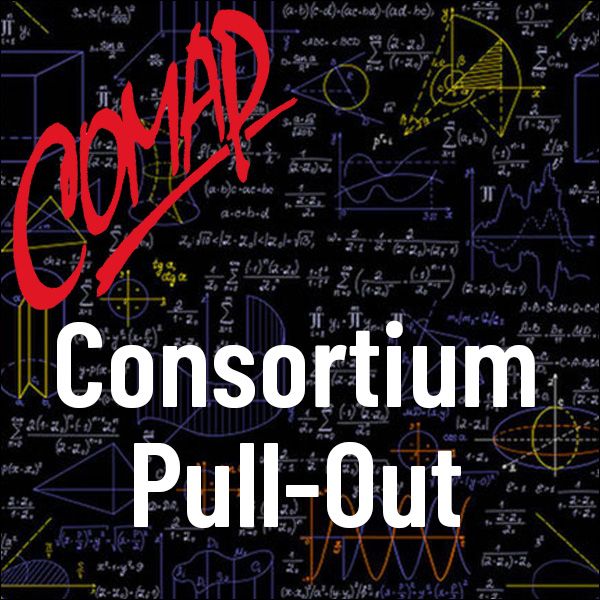Deal or No Deal? Expected Value, Utility Theory, and the Role of the Banker
Author: Marsha Davis, Michael A. Jones, Brittany Shelton & Jennifer M. Wilson
This Pull-Out consists of three activities. The context for Activity 1 is a school's fundraising carnival. Students calculate the expected winnings for each game and then determine which game should be the preferred game from the player's point of view. This context is briefly revisited at the start of Activity 2.
Some players might be attracted to the spinner challenge from Activity 1, a game in which players lose, on average, over a dollar per game. That's because the spinner challenge has the highest maximum payout of all the carnival games and some players are willing to take the risk for a chance at getting the highest payout. In Activity 2, utility functions are introduced as a tool to quantify how much someone values money.
The shapes of utility functions' graphs give students clues about whether a person is risk-averse, risk-neutral, or risk-friendly toward money. In Activity 3 students apply what they have learned about expected value and utility functions to the game Deal or No Deal. Together these activities introduce a framework to think about decisions under conditions of uncertainty that can be applied to any real-life (business, political, test-taking, etc.) situation.
These activities address the following standards from the Common Core State Standards for High School Mathematics: S-MD.5, F-IF.1, F-IF.2, F-BF.4(a), F-BF.4(c)

Mathematics Topics:
Application Areas:
Prerequisites:
You must have a Full Membership to download this resource.
If you're already a member, login here.